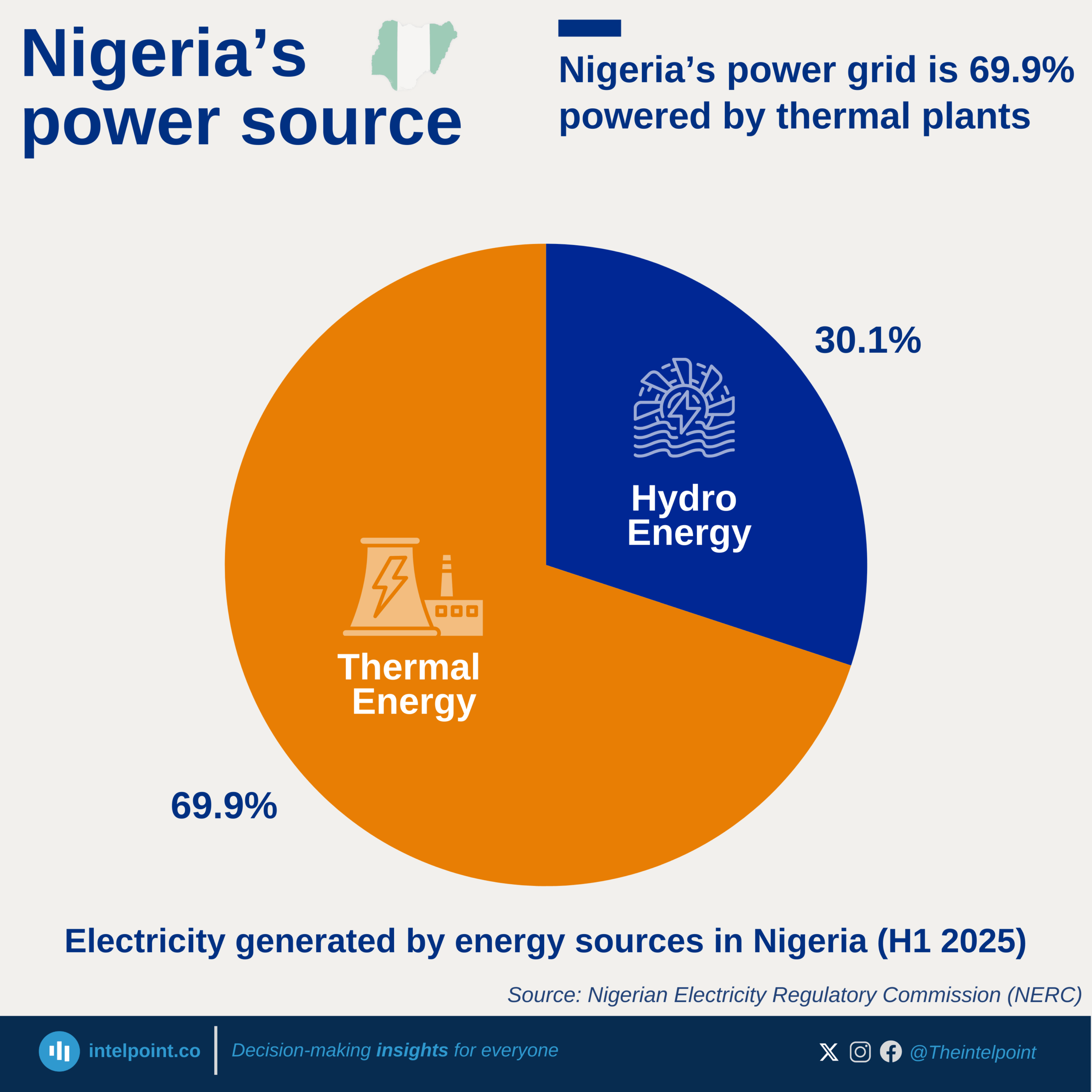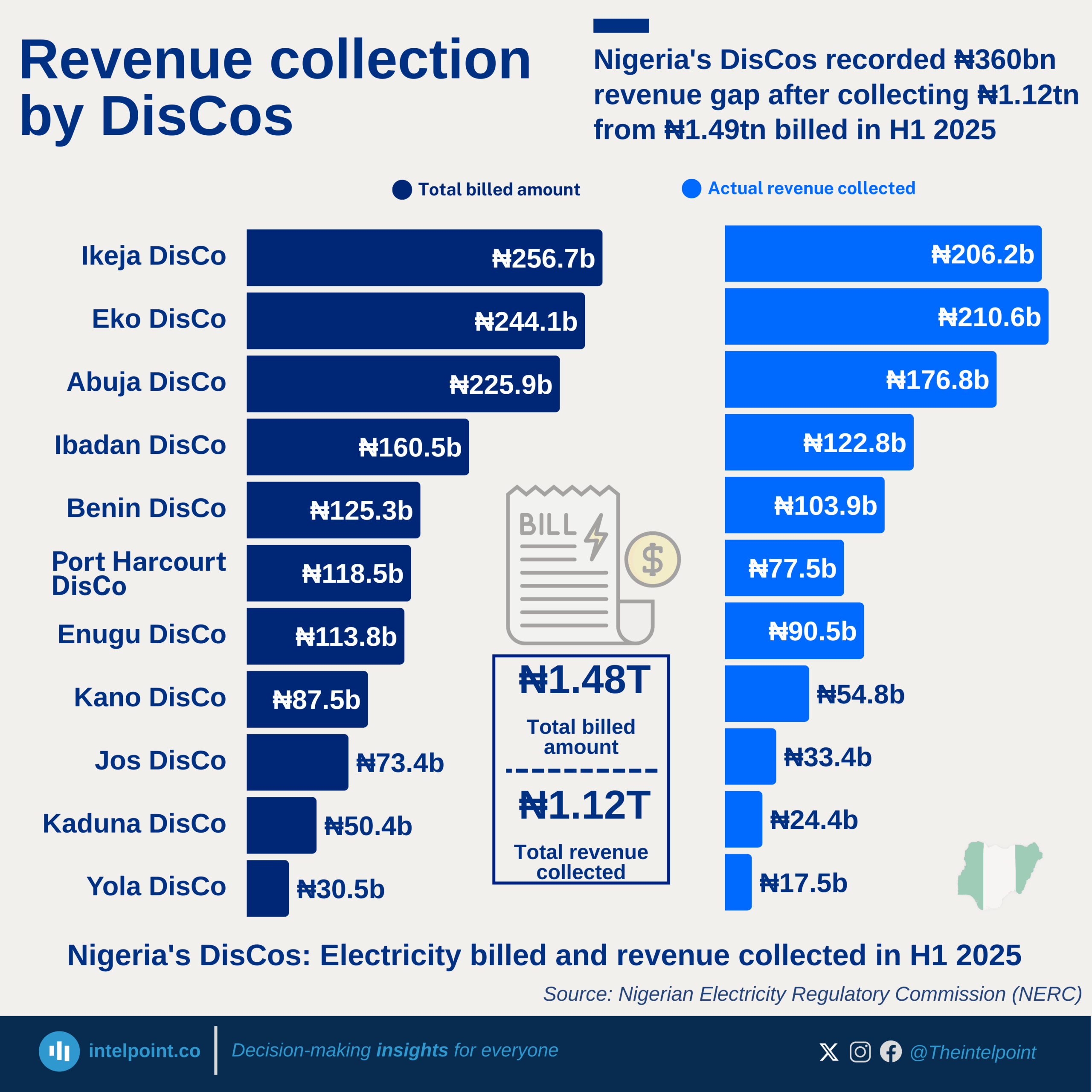As of March 2025, metering progress among electricity distribution companies (DisCos) in Nigeria showed wide disparities. Ikeja DisCo stood out with the highest metering rate at 78.45%, having metered over 1 million of its 1.31 million registered customers. Abuja DisCo followed with a 71.60% metering rate, also crossing the 900,000 metered customer mark. On the other end of the spectrum, DisCos like Yola, Kano, and Kaduna struggled with rates below 25%, leaving most of their customers on estimated billing—an issue that fuels mistrust and billing complaints.
Interestingly, while Ibadan has the largest number of registered customers (2.7 million), it had only metered 1.19 million, giving it a metering rate of just 44.23%. Eko DisCo, often seen as more advanced, had a higher metering rate of 63.92%, but a smaller customer base compared to other major DisCos. This variation highlights that metering efficiency doesn’t always correlate with customer size, but more with policy implementation and operational focus by each DisCo.





